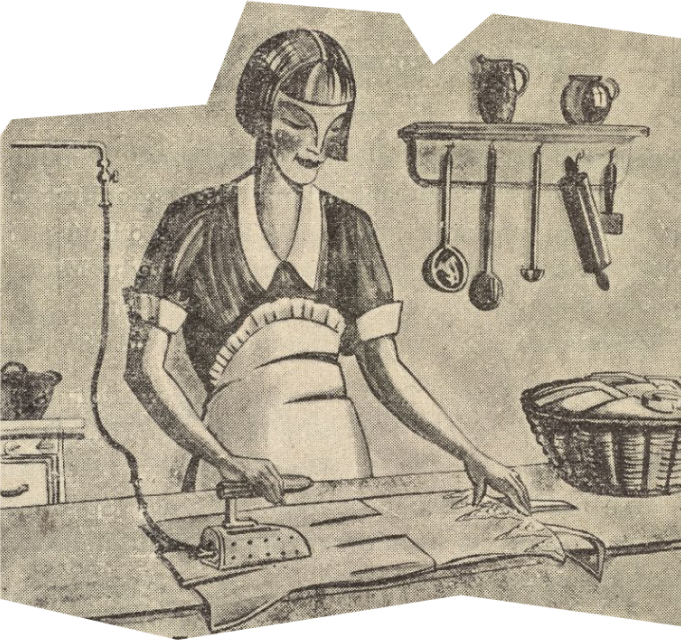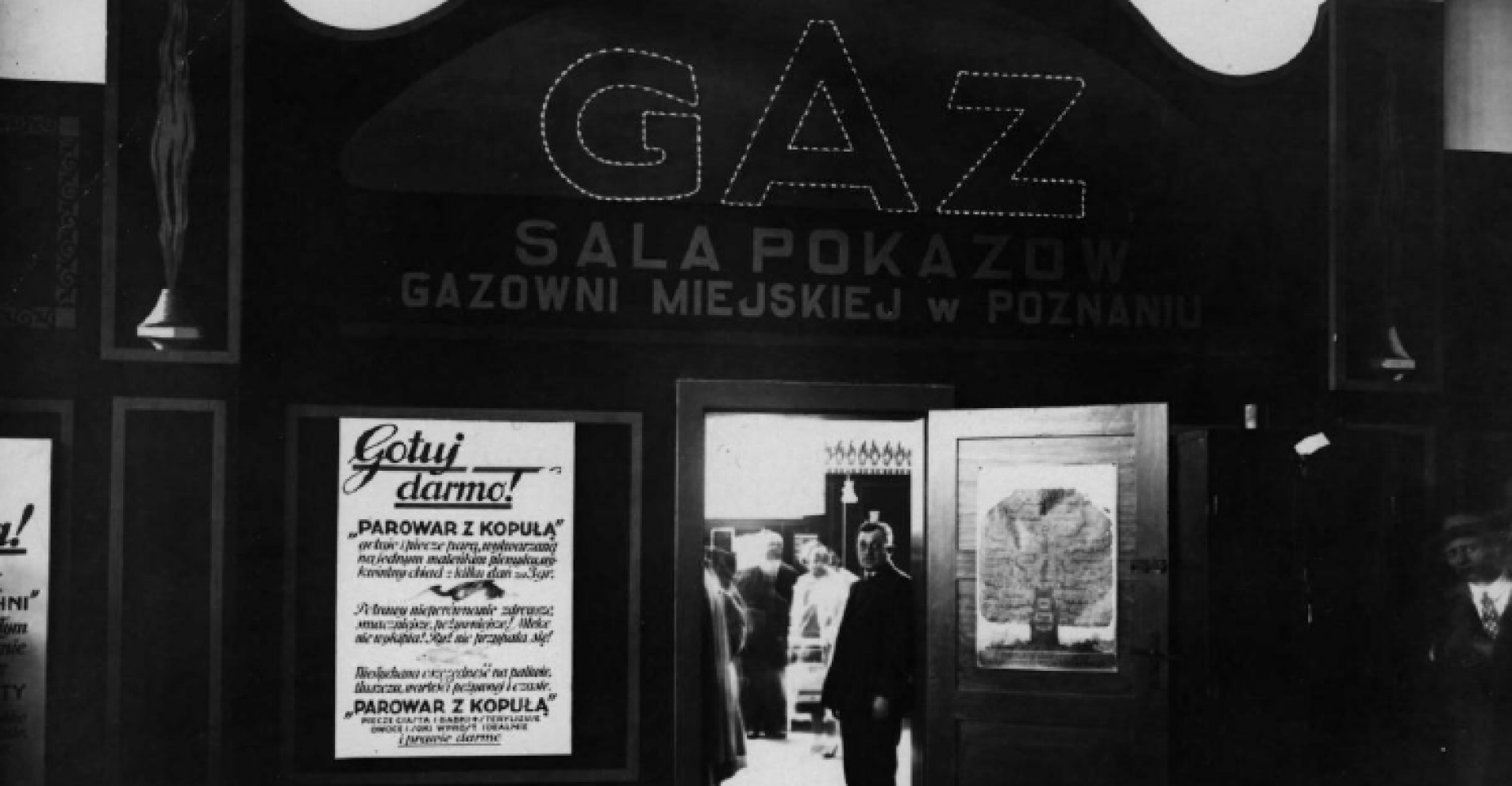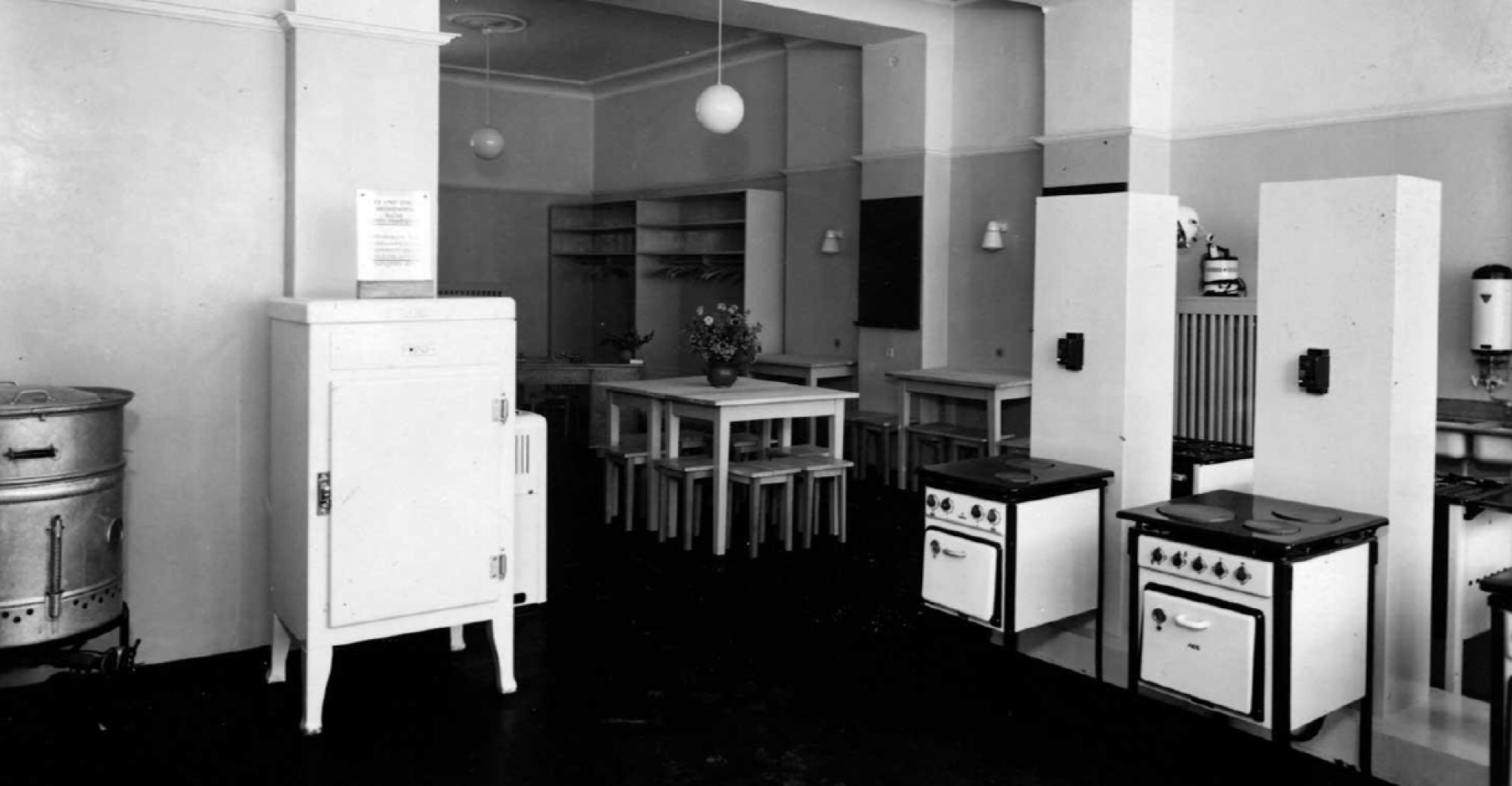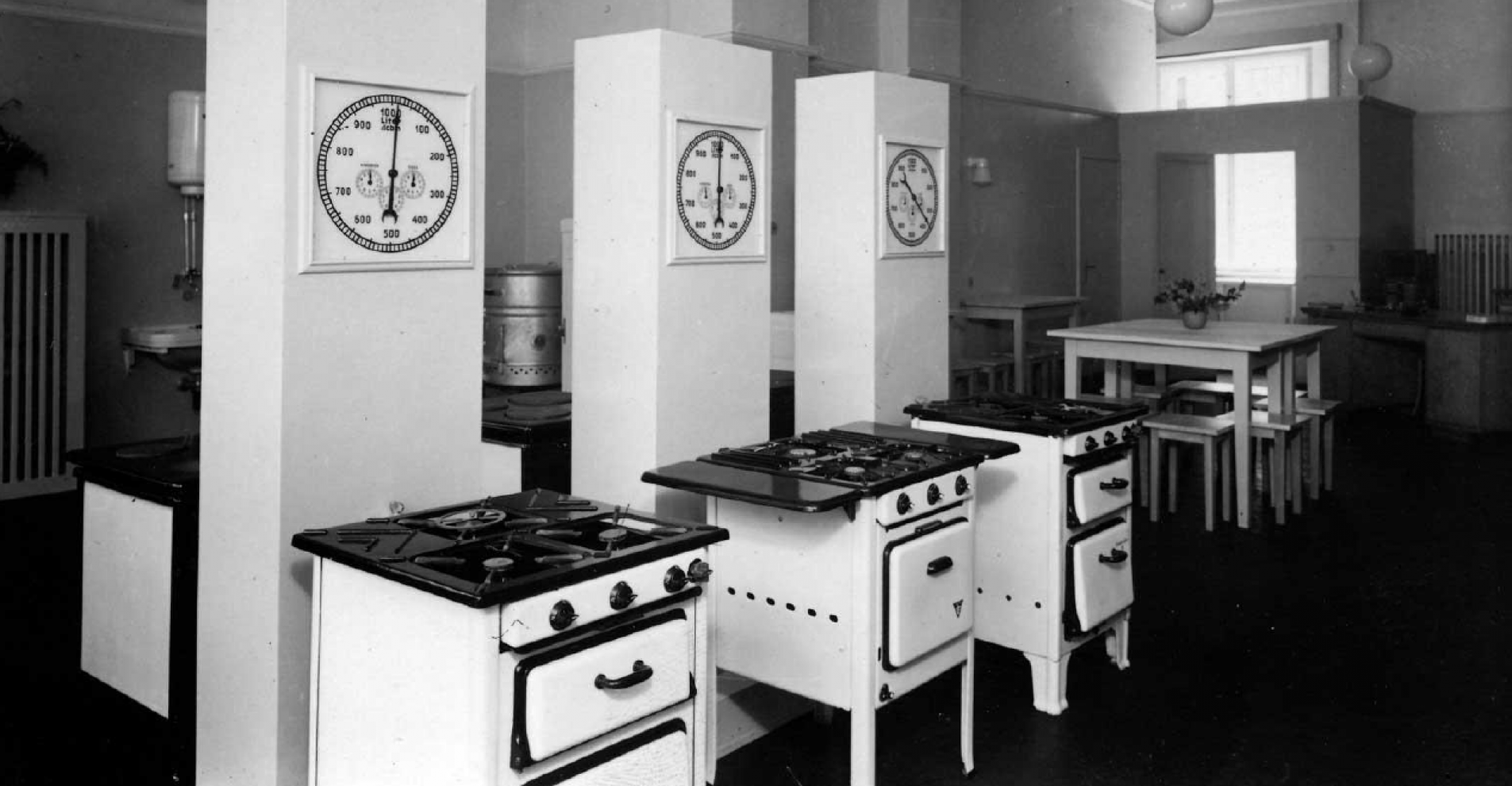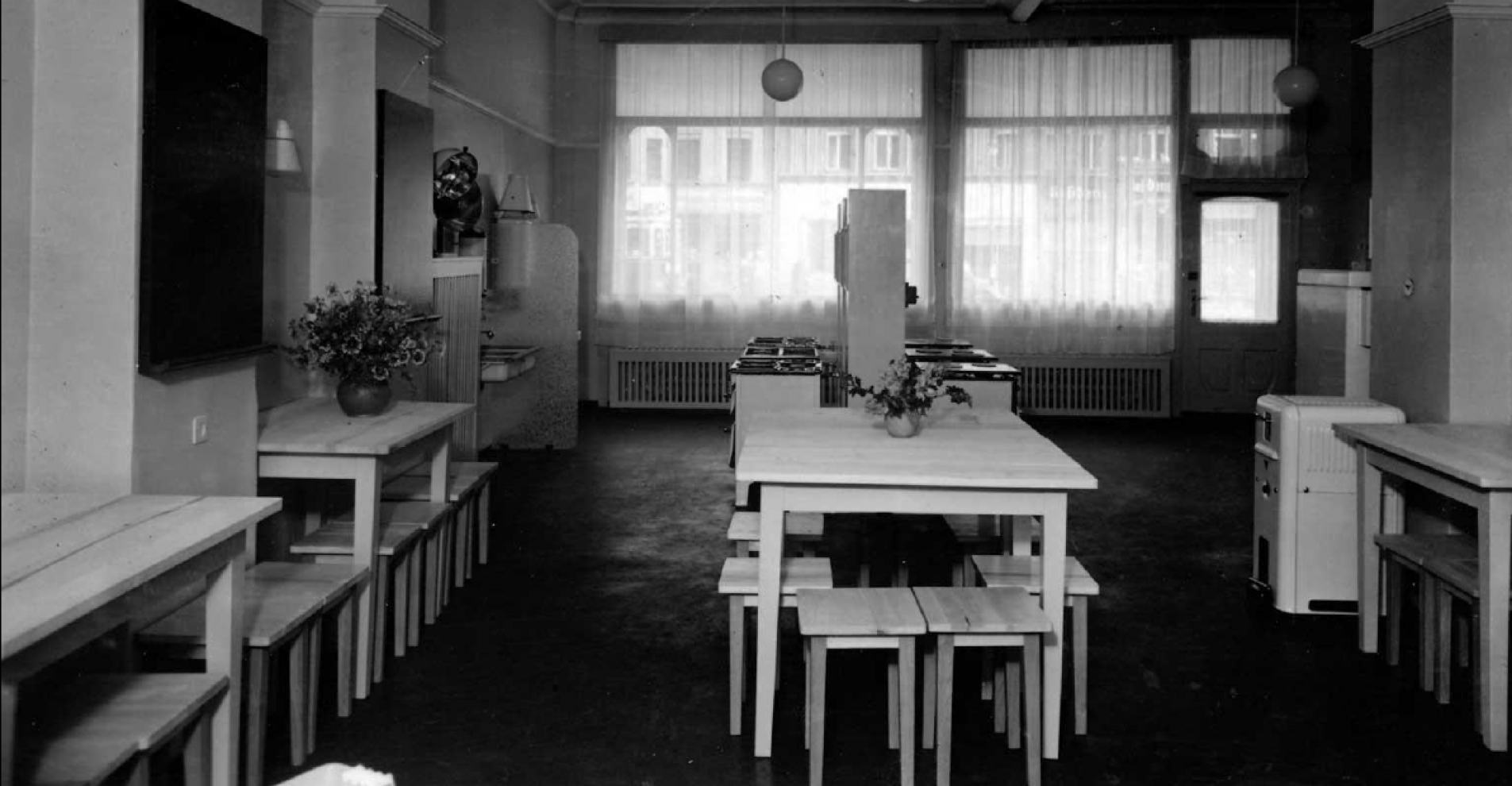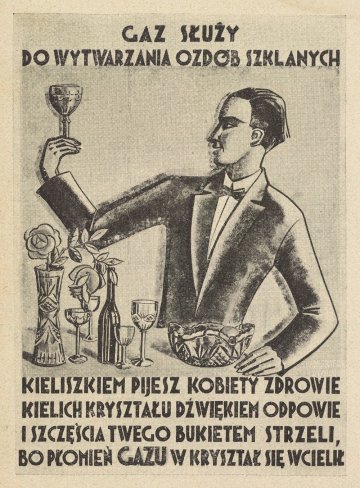
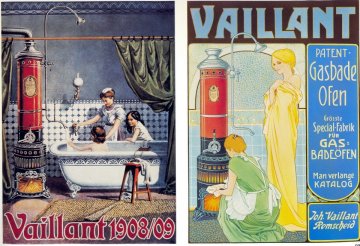

Gas and advertising, or how to instil consumers with new needs
We are surrounded by advertising from all directions – advertising has become the language of consumer culture. Its message is aimed at stirring our emotions and shaping our tastes, but primarily, to persuade us to spend our money. Advertising says a lot about its recipients – it uncovers what moves them and what makes them happy, in addition to exposing their fears and needs. Therefore, old advertising messages allow us to get to know those people to whom the adverts were addressed.
Although the primary task of advertising is selling products and services, sometimes it is faced with a more demanding challenge –- it must create brand-new needs. This was exactly the case at the inception of the gas industry. Gas equipment manufacturers were faced with a considerable problem – how to persuade people who were used to cooking on coal and lighting their homes with candles to use appliances powered by a new, previously unknown fuel?
Switching to gas required the purchase of special stoves, heaters, lamps or irons, but also necessitated the installation of dedicated gas house lines. Perhaps the biggest obstacle, however, was the fear of the mysterious invisible fuel that was produced in factories dominating the city’s skyline.
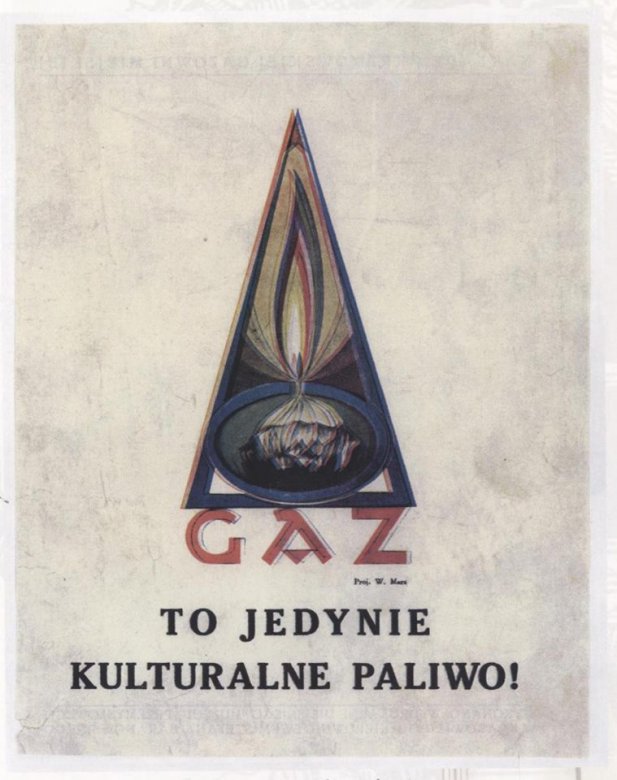
Advertising as the driving force for … the sale of gas
In order to persuade the consumers to connect gas house lines and purchase suitable appliances, gas advertising had to encourage its audience to completely change their domestic lifestyle. The use of gas was shown as more convenient, cleaner, and safer than the use of coal. Posters and adverts in newspapers depicted the houses where gas was used as modern, following the spirit of the times, and their housekeepers as resourceful and enterprising women.
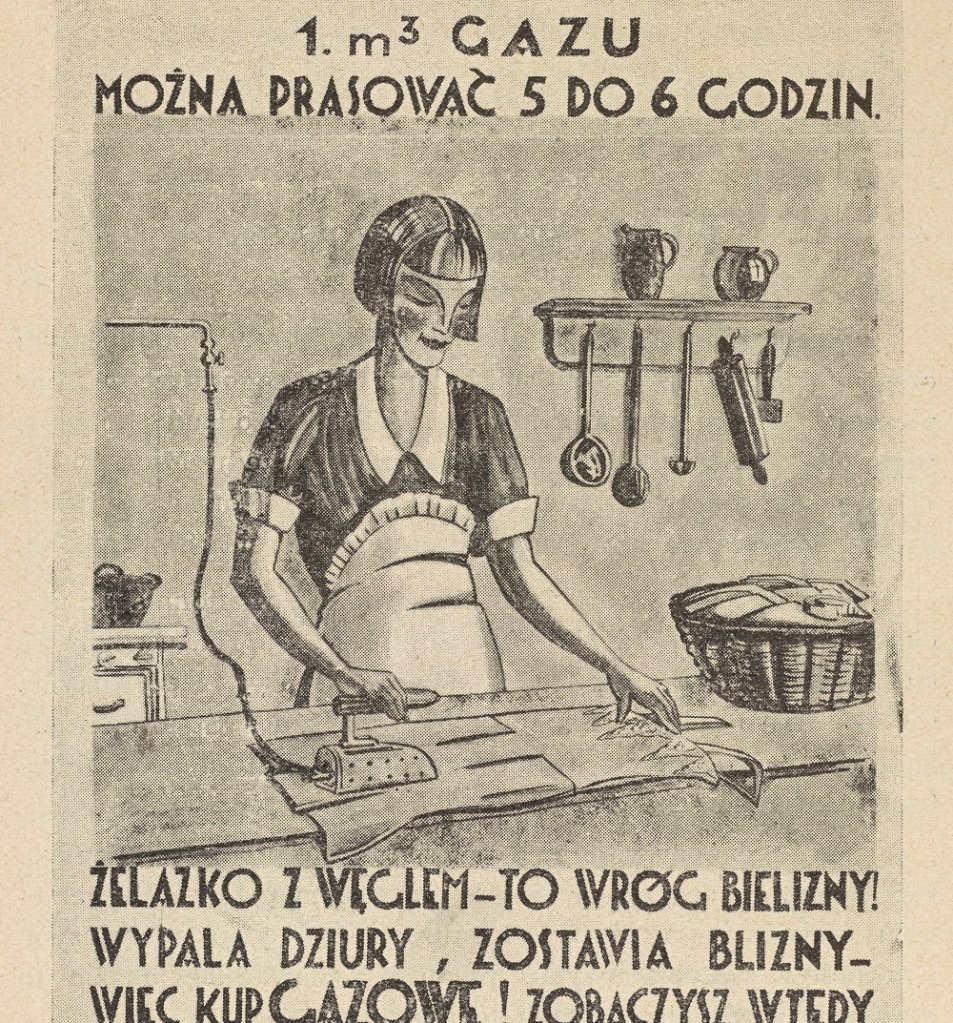
Tangible benefits
The readers of commercial snippets were persuaded that gas was not only a wise solution for families, but that it also made life easier for bachelors running their own households. The advantages of gas were demonstrated by means of anecdotes and rhymes, but also in hard numbers – adverts stated precisely how many headgear items could be pressed (eight hats) or how many Easter cakes could be baked (three cakes) using 1 m³ of gas.
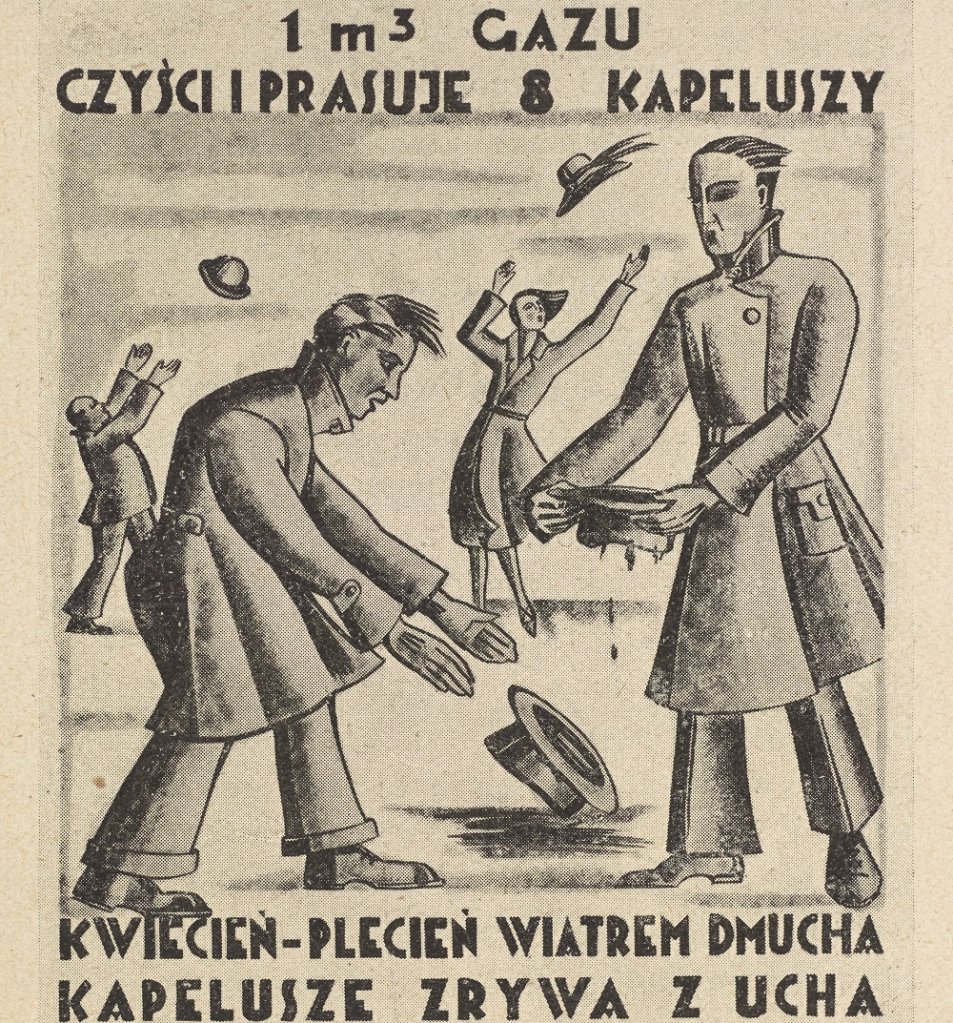
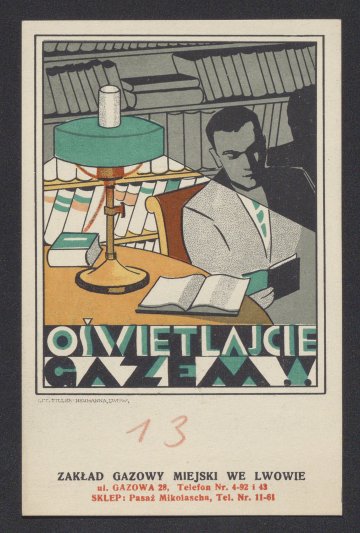

Always there for the customers
However, nothing stimulates advertising more than direct contact with the customer. Organisers of all types of trade shows and displays know this very well. Even before the First World War in 1912, the stand of the municipal gasworks was an attraction at the Craft and Industry Exhibition in Łódź. Visitors to the stand were able to see gas-powered appliances and the figure of a worker illuminated with gas. Although only two gas lamps were used for this purpose, the audience was informed that each lamp had the illuminance level of 4000 candles!
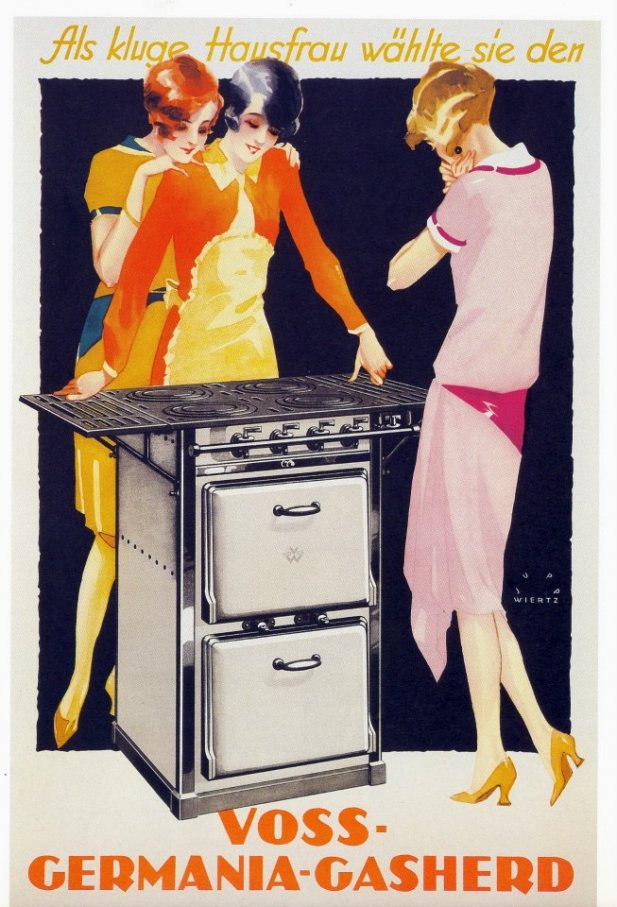
Direct marketing
Gas sales were also enhanced by what we refer to today as direct marketing. Piotrkowska Street in Łódź, like gas, was a symbol of modernity in the interwar period. Therefore, it is no coincidence that the Municipal Gasworks had its store here, at number 40. In addition to selling gas irons, stoves and cookers, the store also held cooking, baking and ironing demonstrations.
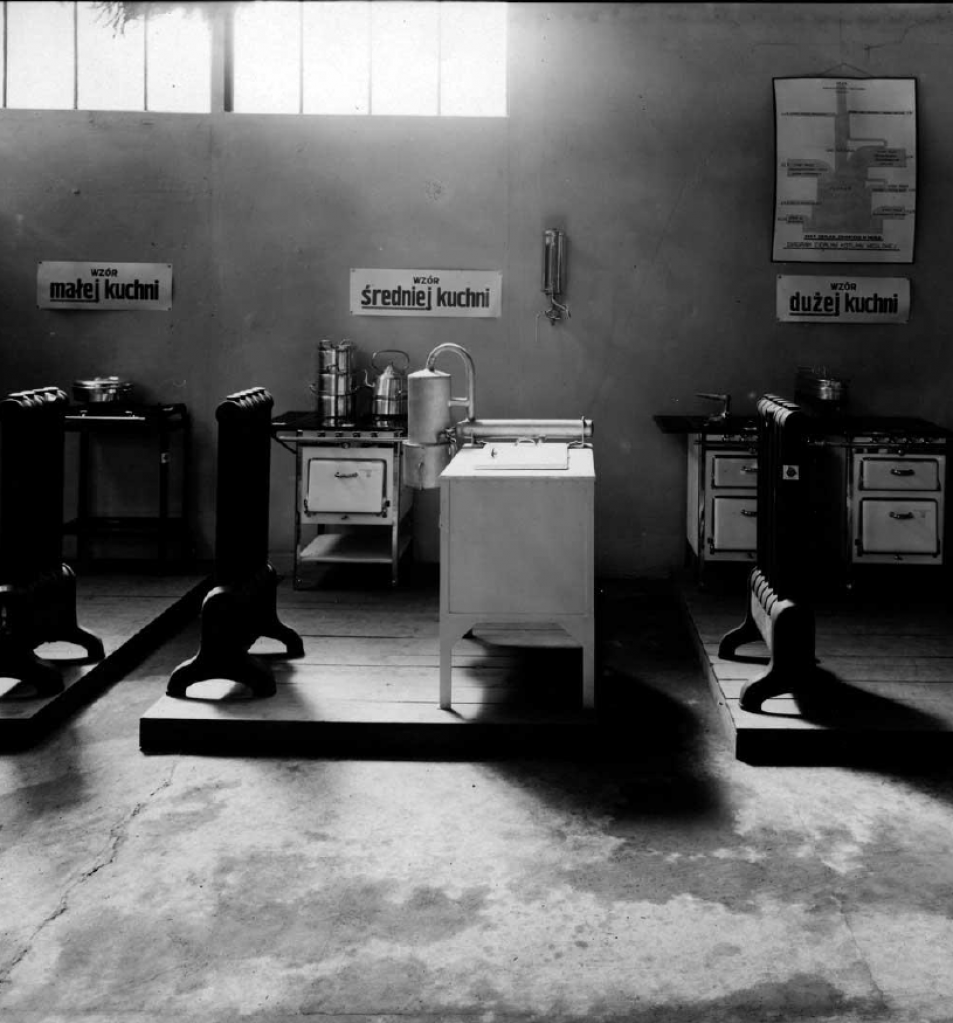

Gas as the driving force of extreme sports
Łódź Municipal Gasworks also used more ingenious forms of product advertising. Similarly to some of the contemporary brands, it sponsored spectacular types of extreme sports. The people gathered at Helenów Park were treated to an amazing sight – a balloon was rising into the air, carrying two people in its basket. The audience then saw one of them jump out on a parachute. The second aeronaut, after 21 hours of flight, was welcomed by the bewildered residents of Rawa Mazowiecka, where the balloon finally landed from the height of three and a half kilometres. This feat was made possible with the gas generated by Łódź Gasworks, used to fill the balloon’s envelope.
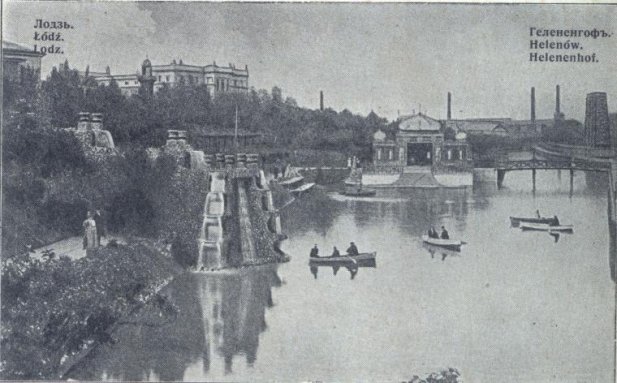
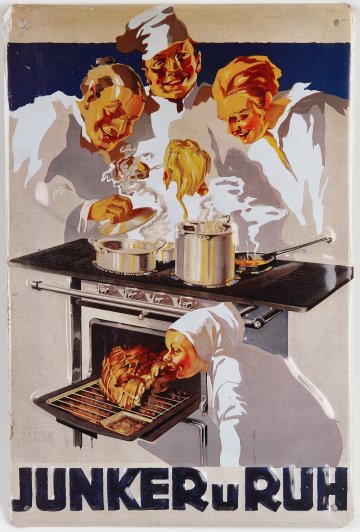

Change of habits
All this proves that despite the obvious advantages of gas over coal, changing the habits of its potential customers was not easy. Just like it is done today, when new technological solutions are being introduced on the market, the newly-established gas industry also required the use of specific marketing activities to create new needs in potential customers and to show them an image of the future in which they become happy owners of new products. The initial scale of this challenge made the growth of the gas industry an important stage in the development of advertising language and marketing techniques.
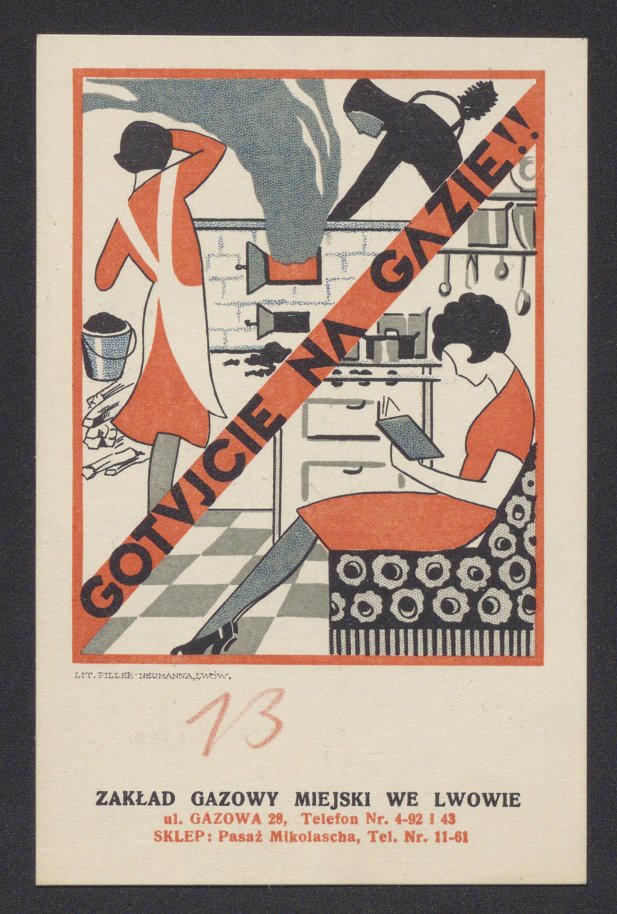
See other virtual exhibitions
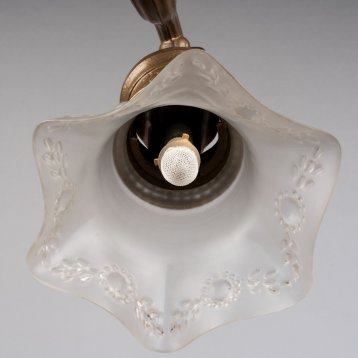
Fors and againsts of gas lighting
The birth of modern cities was illuminated by gas light. The new source of light introduced many changes to the domestic and social life of their residents. Although gas lighting was ultimately swallowed up by the darkness of history, it is still possible to encounter traces of its former glory.
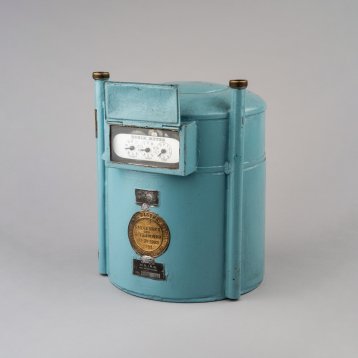
Gas meters within the network
The history of gas meters is not only a story about the methods of calculating the volume of the fuel used but also a process of developing innovative business models. The old gas meters were a fulfilled business prophecy, announcing a new order of economic flows in the form of a user-network relationship, which is so prevalent today.
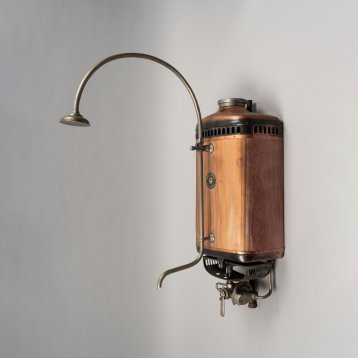
Household gas-powered appliances
These silent companions of our daily lives are also evocative of global civilizational changes. Although today we associate stoves, heaters and refrigerators with electricity, in the 19th century they were powered by … gas. The introduction of these appliances to people’s homes heralded a lifestyle revolution that continues to this day.
